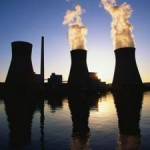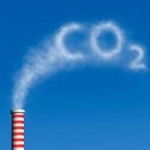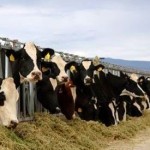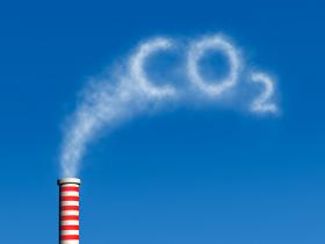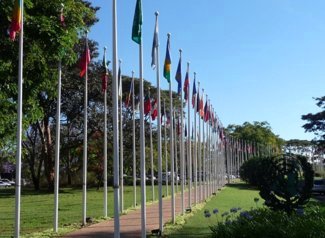 Nairobi – For the second year in a row, the United Nations Environment Programme (UNEP) – which has been climate neutral since 2008 – has purchased certified emission reduction (CER) units through a joint procurement initiative with the United Nations Office for Project Services (UNOPS) and several other UN Common System agencies. These units will offset greenhouse gas emissions generated by UNEP’s office and flight activities around the world.
Nairobi – For the second year in a row, the United Nations Environment Programme (UNEP) – which has been climate neutral since 2008 – has purchased certified emission reduction (CER) units through a joint procurement initiative with the United Nations Office for Project Services (UNOPS) and several other UN Common System agencies. These units will offset greenhouse gas emissions generated by UNEP’s office and flight activities around the world.
This year, more than 25,000 CERs were purchased in anticipation of UNEP’s emissions for operations of 2015 and 2016, reinforcing UNEP’s commitment to climate neutrality and environmental sustainability.
Most recently, UNEP, the International Monetary Fund, and the World Bank partnered with UNOPS to purchase carbon credits. As a result, more than 200,000 tonnes of CO2e have been compensated for in a variety of projects, from a landfill gas management project in Colombia, to a wind power project in China, to a project delivering biogas digesters in rural areas of Nepal.
CERs are a type of carbon credits issued by the internationally-recognized Clean Development Mechanism, under the Kyoto Protocol. Carbon credits are tradable certificates that represent the reduction of one tonne of carbon dioxide or the equivalent measurement of another greenhouse gas. Organizations can “offset” or neutralize their greenhouse gas emissions by purchasing these carbon credits, which directly support emission reduction projects in developing countries.
Climate change mitigation is at the top of the United Nations agenda. At the Climate Leaders’ Summit in Washington D.C. in April, Secretary-General Ban Ki-moon once again called climate change “the defining issue of our time”, and highlighted how addressing climate change can strengthen our development efforts – from renewable energy to climate smart agriculture to sustainable transport.
Following a competitive bidding process, UNOPS, on behalf of procuring agencies, chose to purchase the CERs from the Nho Que 3 Hydropower Project, a project registered by the Clean Development Mechanism. The Project involves the construction of a hydropower plant with two CER units on the Nho Que River, which passes through the Lung Pu, Son Vi, Khau Vai and Can Chu Phin communes in Ha Giang province, Viet Nam.
Prior to the implementation of the project, electricity in Viet Nam was generated mainly from fossil fuels. To ensure its overall sustainability, the project has been externally verified to be in compliance with the criteria of the World Commission on Dams, which provides guidelines to ensure that dam projects are developed through an open consultative process with communities, and that they appropriately consider social and environmental factors.
Source: UNEP.



